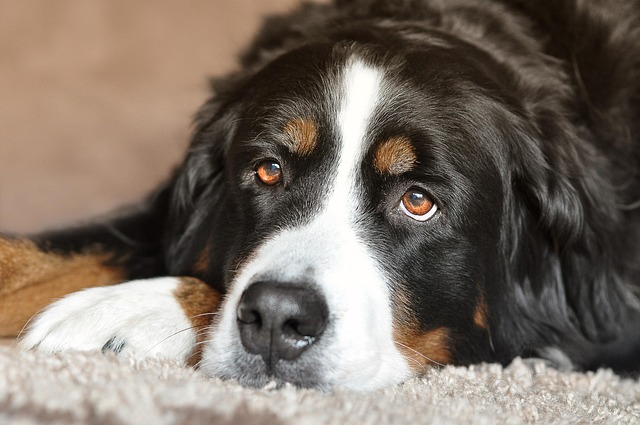
Symptoms and Treatment of Canine Coronavirus
Canine coronavirus often flies under the radar until it hits a household, catching even seasoned dog owners off guard.
Imagine you’re in your Los Angeles apartment, kneeling down to give your 1-year-old Bichon Frise a scratch behind the ears. They usually lean into it, but today they flinch when your hand brushes their mouth. You gently lift their lip—and your stomach drops: Their gums are bright red, not pale pink, and they smell like rotten breath even though you gave them a bath yesterday. If this panic feels familiar, you’re one of millions of new U.S. dog owners wondering how to treat gingivitis in dogs at home naturally. Gingivitis (swollen, irritated gums) is super common, especially in pups who love soft treats and skip teeth care—but you can soothe it with simple, household stuff, even in a tiny apartment.
Here’s the easy science (no fancy vet jargon!): Dog gingivitis happens when plaque (sticky food gunk + bacteria) builds up along the gumline. Plaque irritates the gums, making them red, puffy, and sore—sometimes they even bleed a little when they chew. It’s not just “bad breath”—if you ignore it, it can turn into worse gum disease. My friend in Chicago learned this the hard way: She thought her Corgi’s bad breath was “just doggy smell” until his gums started bleeding. A vet told her it was early gingivitis—and she could treat it at home with natural fixes, no meds needed. The key is calming the irritation and stopping plaque from building up more.
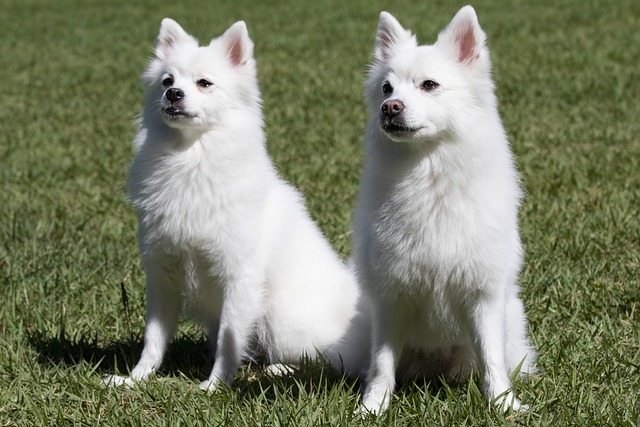
Let’s break down the natural, at-home steps that work. First, coconut oil swabs: Grab a clean cotton ball, dip it in organic coconut oil (it’s antibacterial and gentle), and gently wipe along your dog’s gumline. Start with 10 seconds—if they squirm, give a tiny freeze-dried chicken treat (positive reinforcement works!). Do this once a day—coconut oil soothes soreness without stinging. Second, chamomile tea rinses: Brew a weak cup of chamomile tea, let it cool completely, then dip a washcloth in it and hold it to sore gums for 30 seconds. It’s like a “gum spa” for your pup—my Bichon actually falls asleep during it! Third, swap treats for plaque-fighting snacks: Frozen carrot sticks or apple slices (no seeds!) are crunchy, safe, and scrape plaque while they chew. For apartment living, pick quiet dental toys (rubber Kongs stuffed with a little mashed banana) instead of loud bones—your neighbors won’t complain, and it keeps gums healthy.
Don’t forget U.S. rules and community habits that tie into gingivitis care. First, keep your dog’s rabies vaccine up to date—most vets won’t check gingivitis (or prescribe stronger treatment if needed) unless shots are current, and many dog parks in Denver or NYC require vaccine tags. Always carry waste bags on walks: Leaving poop behind is illegal (I saw a dad get a $35 ticket in Austin last week!) and lets your dog eat bacteria-filled dirt that can make gingivitis worse. In apartments, store natural remedies (like coconut oil or chamomile tea) in high cabinets—dogs love to lick spills, and too much coconut oil can cause an upset tummy. Most importantly, never punish your dog for resisting gum care: Yelling or holding their mouth shut goes against U.S. animal welfare standards (the ASPCA calls this “trust-breaking”). If they squirm, take a break, give a treat, and try again later—patience beats force.
If gums bleed a lot or your pup stops eating, call a vet ASAP—some cases need professional help. But for mild gingivitis, these natural fixes work wonders. Soon, your pup will let you scratch their ears again, and their breath will be back to “doggy fresh”—no more cringing when they nuzzle you.

Canine coronavirus often flies under the radar until it hits a household, catching even seasoned dog owners off guard.

Imagine you’re in a frigid Minneapolis morning, zipping up your parka while your 8-month-old Chihuahua mix, Lua, paws at the apartment door—excited for her walk
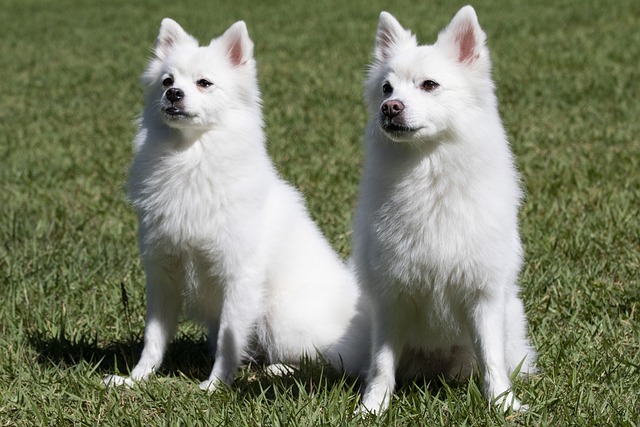
That moment your dog lifts a paw and whimpers during a chilly winter walk is a clear sign that the cold ground is more than just uncomfortable.

Imagine you’re in your Chicago apartment, sitting on the floor with your 1-year-old Corgi pup while they chew a rubber toy.
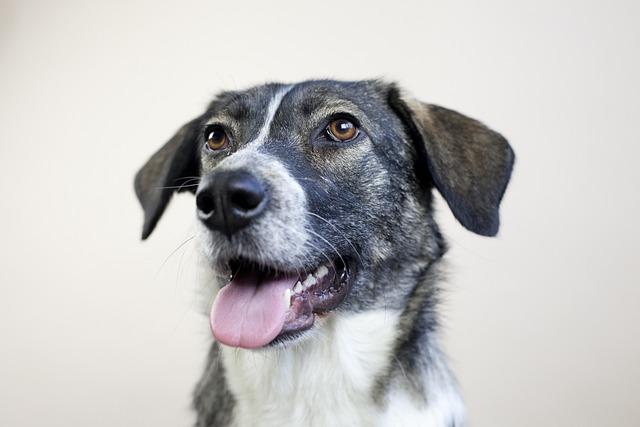
Finding your dog turning up its nose at dinner and then retching up a bright yellow fluid is enough to make any pet parent’s heart race.
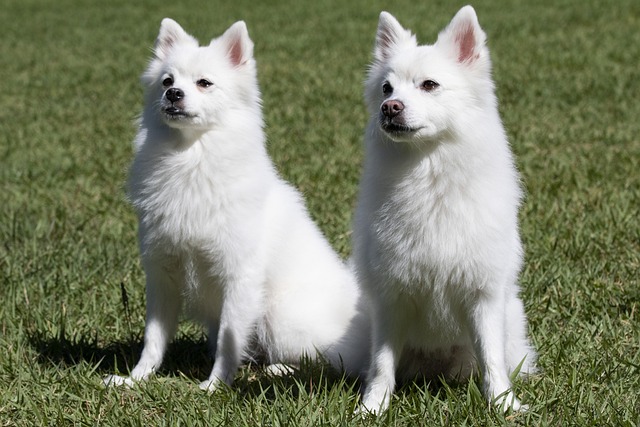
Imagine you’re in your Los Angeles apartment, kneeling down to give your 1-year-old Bichon Frise a scratch behind the ears.